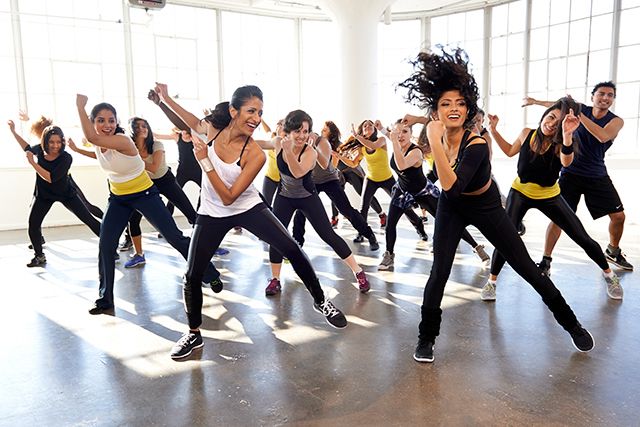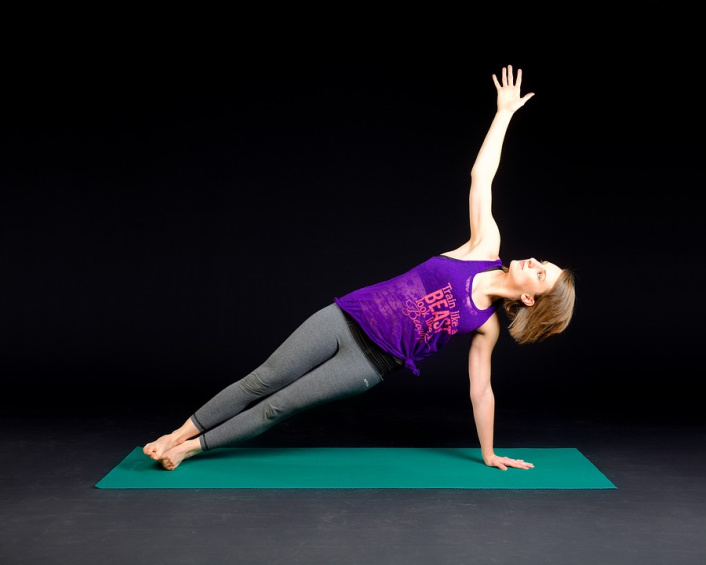In recent years, the popularity of personal trainers has skyrocketed as people have started recognizing that some educated personal attention can go a long way to achieving your fitness goals. However, picking a personal trainer is more than just walking into your local gym and asking for the first available trainer. Much like teaching methods in school, different people are going to benefit from different approaches.
You want to make sure that your personal trainer not only has a fitting personality, but the skills to help you reach your individual goals. Here are some tips at getting the most from your personal training sessions.
- Choose Wisely: Much like when you’re hiring anyone else, it’s important to shop around first to find the person that best fits your needs. A good trainer will have up-to-date national level credentials, or have a degree in exercise science. Additionally, they’ll likely work at a top of the line gym. To be even more positive about your choice, make contact with them. This is someone you’re going to be spending a lot of one on one time with, so you should meet with them, or at the very least speak on the phone, to get a sense of who they are and how they will fit with your personality. Some good questions for them range anywhere from payment, to references, to motivation style.
- What Do You Want to Achieve? Personal trainers have different specialties. If you are trying to achieve a very specific goal, such as a competition or better yourself for a specific sport, it’s best to find someone that has previous experience with those skillsets. If your goals are more general, then you have a wider pool to choose from. Share your objectives and concerns with your trainer previous to the first session, so that they can plan a way to achieve them.
- Bonding: You’re going to respond better to someone that you feel can sync up with your learning style and push you in a manner that you find beneficial. Find someone that is open to hearing your preferences, questions and concerns, and responds to them. Ultimately, they’re supposed to be teaching you how to make exercise a natural part of your life, and must adapt to the manner which most benefits you. If that is not the case at any point, be sure to bring this up with your trainer right away.
- Know When to Quit: If you can afford to constantly have a personal trainer and feel that it continually benefits you, then by all means continue. However, that is not the case for most people. For most people, these relationships end in one of three ways. The first is that you have achieved your objectives or simply feel that you don’t need a personal trainer anymore. The second is that you can only afford a limited amount of sessions, to which your trainer should have been made aware. Hopefully you gained the knowledge to continue training on your own, as cost is also an important consideration when choosing whether or not to keep a personal trainer. Lastly however, you may choose to leave your trainer. Personal trainers should make you feel better, and energize you to want to come to their sessions. If you’re consistently dreading going to your sessions, feeling beat up, or not achieving your goals (and you’re doing everything you’re supposed to), then maybe it’s time to walk away and find someone else to help you.
Personal trainers can be that stepping stone in order to get over your physical or mental hurdles, and can help educate you to make exercise a natural part of your life. Look into a personal trainer today to get that extra push to achieve your goals.
Featured photo source: Pixabay.com









